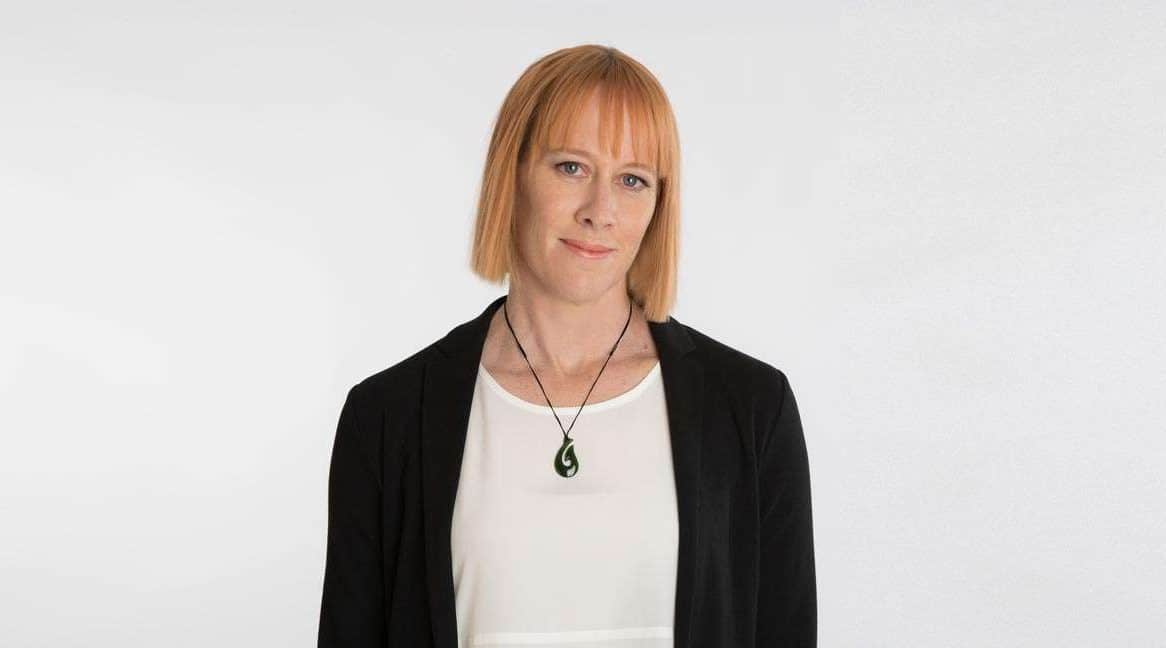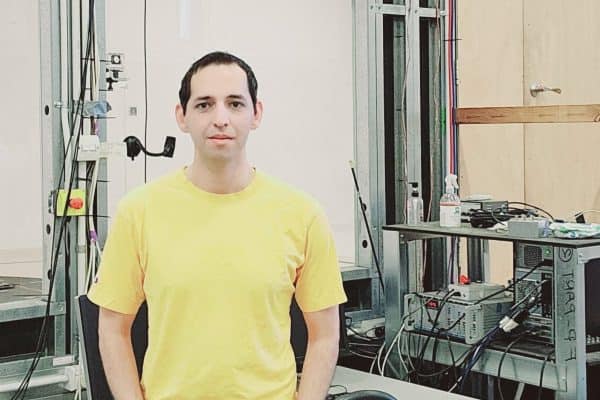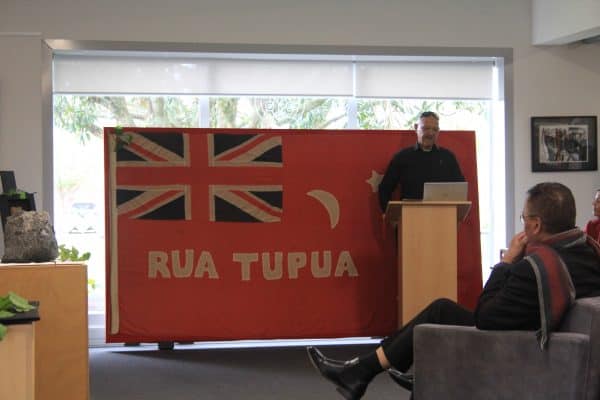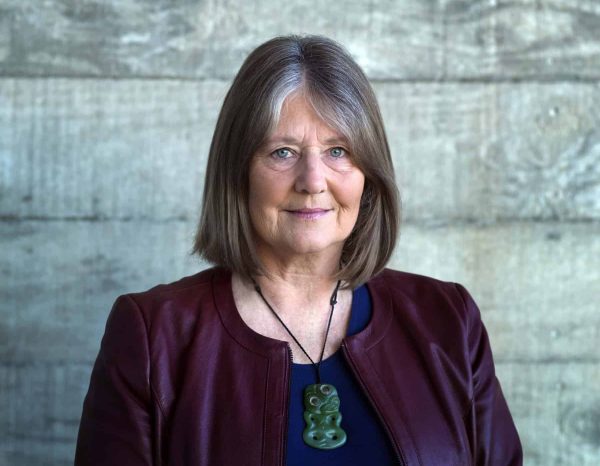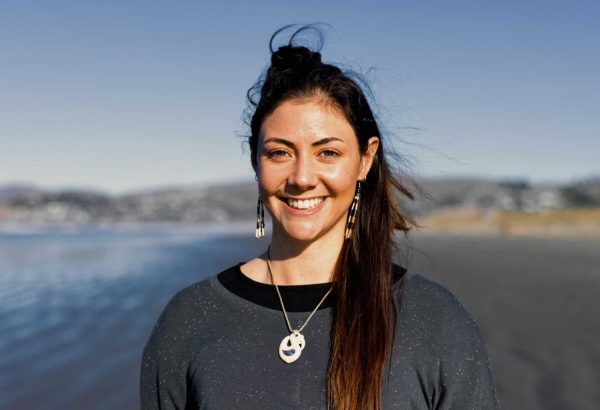Q. Tēnā koe Christina. Congratulations on your recent appointment to co-leader of the Resilience Challenge Volcanoes programme. What does this new opportunity mean for you?
Kia ora! Thank you for the opportunity. I am excited to be working with an incredible group of volcano researchers within the RNC Volcanoes programme. It has been wonderful to engage with hazard and risk scientists across the Challenge and I look forward to the many future collaborative opportunities.
Q. How did you get into volcanic research? Have you always been fascinated with volcanoes and natural hazards?
I have always preferred to be outdoors and had my first volcanic eruption experience when skiing on Ruapehu during my last year of high school in 1995. After this, I did a science degree at Waikato and was drawn to both natural hazard science and computer modelling. Thanks to wonderful supervisors, I was able to combine these interests and completed MSc research (Waikato) modelling volcanic tsunami and then a PhD (Macquarie, Sydney) modelling volcanic risk.
Q. Can you tell us a bit about your research journey to this point?
Three years in Australia turned into 20, where I was lucky to work on many natural hazard risk problems. My research at Macquarie University had much cross-over with industry and I worked closely with insurers in Australia, Japan and New Zealand to build a number of natural hazard loss models. Two highlights of this time were developing loss models for the impacts from Japanese volcanoes and Australian hailstorms (Australia’s most costly hazard). During this time, I also taught Natural Hazard and Environmental Health subjects and worked closely with graduate students. I loved seeing students also become fascinated with these areas of research.
In early 2020, I returned to New Zealand and began working in the Risk and Engineering Team at GNS Science. It’s been a big change working on many different projects that have included volcanic impacts to infrastructure, consequences of a large Hikurangi subduction event, disaster preparedness of supply chain managers, and advancement of the RiskScape 2.0 platform.
Q. Your work for GNS Science sees you involved in assessing and modelling impacts from a range of natural hazards. What does this multi-hazard approach offer you as a researcher?
Time in Australia gave me the opportunity to work on many different hazards including those not so important here in NZ – hail, bushfire and tropical cyclone. While each natural hazard event is different, there are also many similarities (susceptibility of critical infrastructure, wellbeing impacts to vulnerable communities). Each event allows us to learn a little more and to put plans in place to reduce future impacts. Above all we need to expect and account for uncertainties.
Q. You have done a lot of work overseas, including in Japan, the Philippines and Peru. How does Aotearoa New Zealand’s disaster risk reduction decision-making compare with other nations you have worked in?
Although the hazards and characteristics of exposed populations are unique, common to each of these countries is a group of passionate local scientists and emergency practitioners. I have made close friends as well as building strong research collaborations. Each of the countries above has amazing landscapes and volcanoes that I look forward to visiting again as soon as we are able.
For a small country, Aotearoa has many individuals and agencies involved in disaster research. I have really noticed the tight community and close interdisciplinary collaborations. Universities, CRIs, consultants, government agencies and councils all work closely together to achieve shared goals of reducing risk from natural hazards.
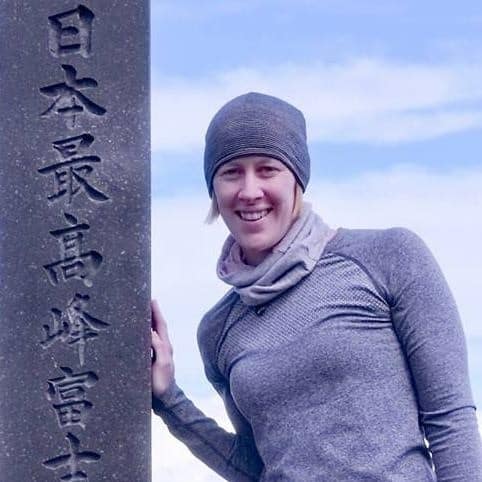 Q. What are your future research aspirations?
Q. What are your future research aspirations?
I want to find solutions to address the ‘big’ problems – how can we use risk assessment methodologies to reduce the impacts from future large events, including those exacerbated by climate change? In recent times we have seen several large cascading events, including the 2011 Great East Japan earthquake, tsunami and nuclear disaster. If a large volcanic or earthquake event occurred here, what would our unique impacts be? How can we increase our resilience and reduce potential losses? Addressing these problems involves large amounts of data and computing resources. How are we placed in this space and how can new technologies such as AI help?
Impacts from disasters don’t stop at casualties or financial impacts. Public health and wellbeing impacts extend for long periods following an event and potentially put the most strain on communities. My ultimate goal is to work to quantify and reduce these much more complex disaster impacts.
Q. What do you like to do outside work?
Covid has provided the unexpected opportunity to explore Aotearoa again after a long time overseas and to spend more time with family. Sport also plays a big part in my life and after work I’m often at the gym lifting a heavy barbell. I’m slowly working through a Master of Public Health looking at the respiratory health impacts of disasters, and enjoying working on something a little outside my everyday research interests.
